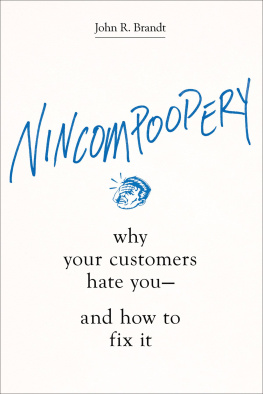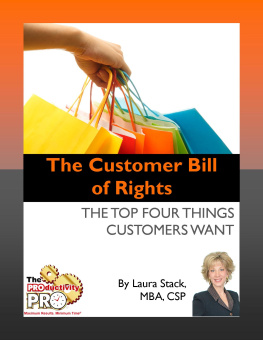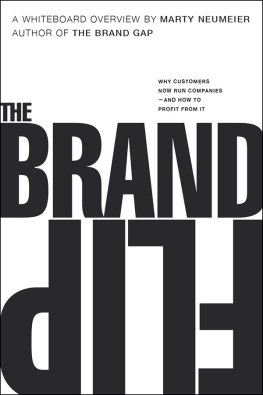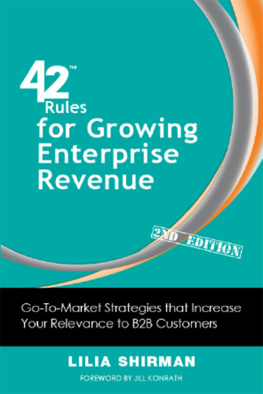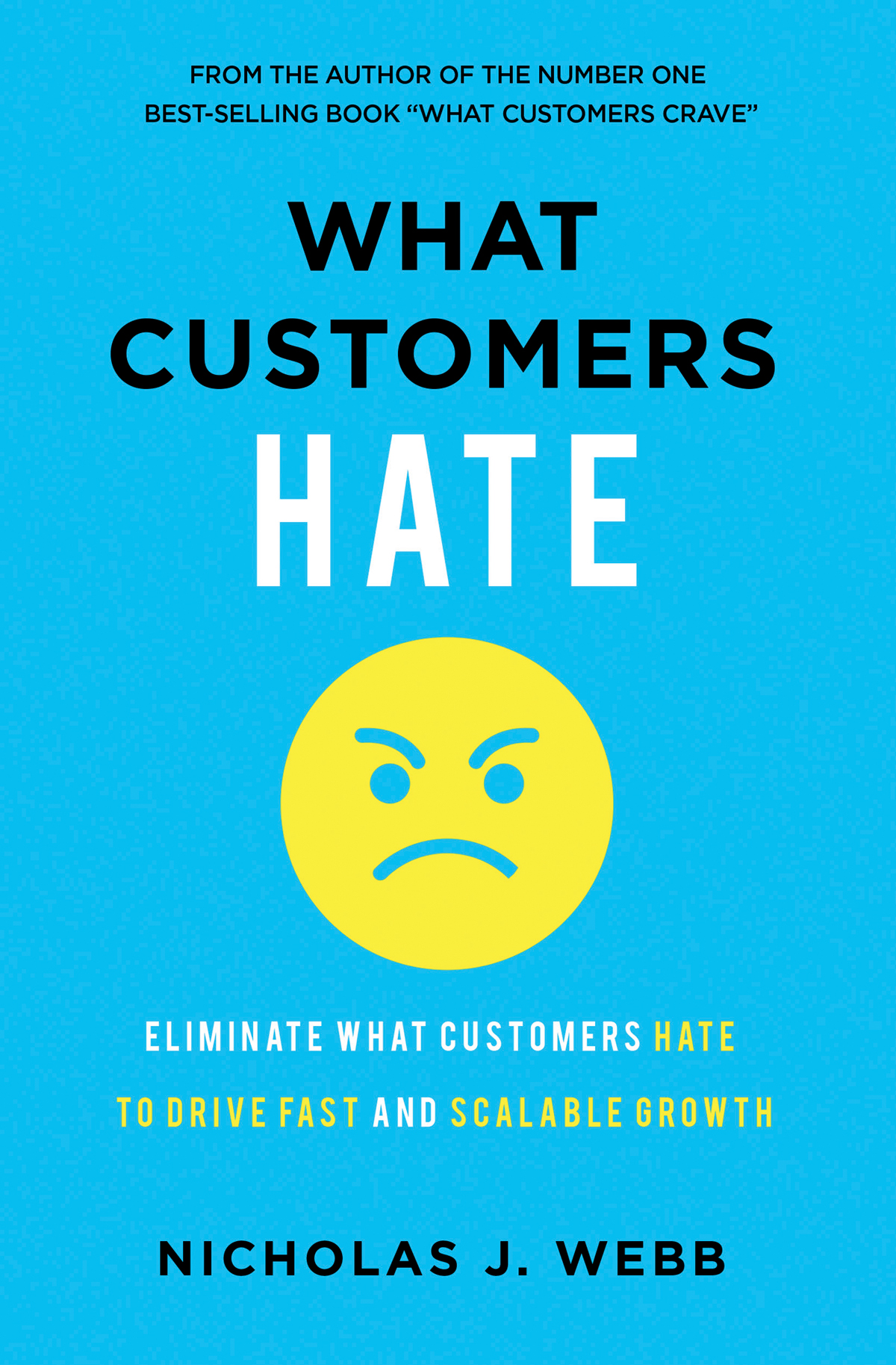2022 Nicholas J. Webb
All rights reserved. No portion of this book may be reproduced, stored in a retrieval system, or transmitted in any form or by any meanselectronic, mechanical, photocopy, recording, scanning, or otherexcept for brief quotations in critical reviews or articles, without the prior written permission of the publisher.
Published by HarperCollins Leadership, an imprint of HarperCollins Focus LLC.
Any internet addresses, phone numbers, or company or product information printed in this book are offered as a resource and are not intended in any way to be or to imply an endorsement by HarperCollins Leadership, nor does HarperCollins Leadership vouch for the existence, content, or services of these sites, phone numbers, companies, or products beyond the life of this book.
ISBN 978-1-4002-3668-8 (eBook)
ISBN 978-1-4002-3667-1 (TP)
Epub Edition January 2022 9781400236688
Library of Congress Control Number: 2021952501
Printed in the United States of America
22 23 24 25 26 LSC 10 9 8 7 6 5 4 3 2 1
Information about External Hyperlinks in this ebook
Please note that the endnotes in this ebook may contain hyperlinks to external websites as part of bibliographic citations. These hyperlinks have not been activated by the publisher, who cannot verify the accuracy of these links beyond the date of publication
I would like to dedicate this book
to my amazing family:
My wife, Michelle;
our daughters, Taylor, Madison, and Paige;
and my son, Chase.
CONTENTS
Guide
I would like to acknowledge my learned colleagues in the customer experience ecosystem for all that they have taught me.
I would like to particularly thank Dr. Ray Power, Matti Palo, MD, and my team at Learnlogic and Leaderlogic.
For over four decades, Ive been using my expertise to help organizations improve their customer experience (CX). During much of this time, my work within the CX ecosystem was characterized by a dutiful adherence to the conventional wisdom of customer experience best practice. Like every other professional, I genuinely believed you could use surveys, promoter scores, and other one-size-fits-all approaches to understand what customers loved. Having learned what they wanted, youd then sell it to them. The process seemed very logical and straightforward. In fact, my bestselling book on customer experience, What Customers Crave, was the epitome of that approach.
Its undeniably true that you must give your customers what they crave. That will never change. Thats your ultimate goal. If you fail to do that, your business will die.
But after years of working in the trenches, shoulder to shoulder with organizational decision makers, I realized that finding out what customers loved was only half the battle. In todays hypercompetitive and fast-paced marketplace, your customers are very sensitive to what they hate about your brand, company, or service. These feelings of hate (thats just the word I useits short and simple) can have just as much influence on their buying decisions as what they love.
Whether youre selling to consumers or business-to-business (B2B), perfection in the marketplace does not exist. When making buying decisions, customers are faced with an array of imperfect choices. They look around and say, The first choice is too expensive. The second choice isnt exactly what I want. The third choice cant be delivered quickly. The fourth choice makes me assemble the product. But I need to buy one of them. So, which choice do I hate the least?
No company, brand, or service enjoys 100 percent love. There must always be some degree of hate in the mix. Hate is a source of friction, and if there is too much friction, the process of moving products and servicesregardless of their high qualityinto the hands of consumers will grind to a halt.
In my busy consulting practice, Ive learned that uncovering what your customers hate about your brand, company, or service is just as important as what they love. Yet Ive seen many well-intended executives spend millions of dollars on training and customer insight programs that have had zero effect on improving their customers experiences. Too many such organizations are living in the past. In a time of massive and continuous disruption, theyre trying to optimize obsolete systems, policies, and training programs. What they really need to do is press the reset button and look at the world with fresh eyes.
While writing this book, I saw that some organizations were reducing the hate of friction, and in doing so were crushing the competition.
If disruption is the problem, and it is for most organizations, then the solution is relentless innovation. Customer experience is an innovation discipline. The best organizations in the world lean into change by developing sophisticated customer experience innovation activities. They are making their journey into understanding their customers from the perspective of learning not only what they love, but what they hate. Theyre taking their hate insights and turning them into friction-free, relevant, and valuable experiences for their customers, and as a result theyve become disruptive leaders. These disruptive leaders reap the rewards. They attract and keep the best talent. They enjoy customer promotion, customer satisfaction, significantly lower marketing costs, andmost importantlyscalable growth and profitability.
This book is the product of many years of frontline work with innovative companies and their customers. I hope youll find its new approach can make a difference to your company, brand, or service.
Since the dawn of civilization when people first traded trinkets for fur pelts, merchants have tried to figure out what made their customers happy and therefore willing to buy from them. If they somehow learned the secrets of customer satisfaction, sellers then endeavored to deliver the solutions. This process continued for thousands of years, in most cases carried out by simply talking to the customer and asking what they wanted.
In recent times, and especially in the digital era, sellers have tried to uncover this information scientifically, using a complex array of tools including data collection, surveys, promoter scores, focus groups, and more.
Despite the expense and effort, so much of this has been in vain. In both the consumer and B2B markets, hundreds of millions of dollars are spent each year on consumer preference research and marketplace data collection, and yet the results are often incomplete and provide inaccurate customer insights. In fact, the overwhelming majority of todays companies fail to gain the inside knowledge that drives the ultimate goal of happy and loyal customers. They dutifully prioritize their marketing budgets, and yet their social media ratings are not where they should be, and most of their customers either hate them (at worst) or merely tolerate them (at best).
Dont take my word for itlets try a simple exercise. Set a timer for one minute and then list five companies you absolutely love. If youre like most people, chances are youll struggle to find an example of just one great organization that delivers predictable and exceptional customer experiences. There are tens of millions of organizations, yet most of us search to find one example of an organization that delivers an experience that makes us smile.
It can seem like a complicated problem, but if youre like me, you want a simple and easy-to-understand path forward that offers both fast and sustainable results. Thats what this book delivers.



